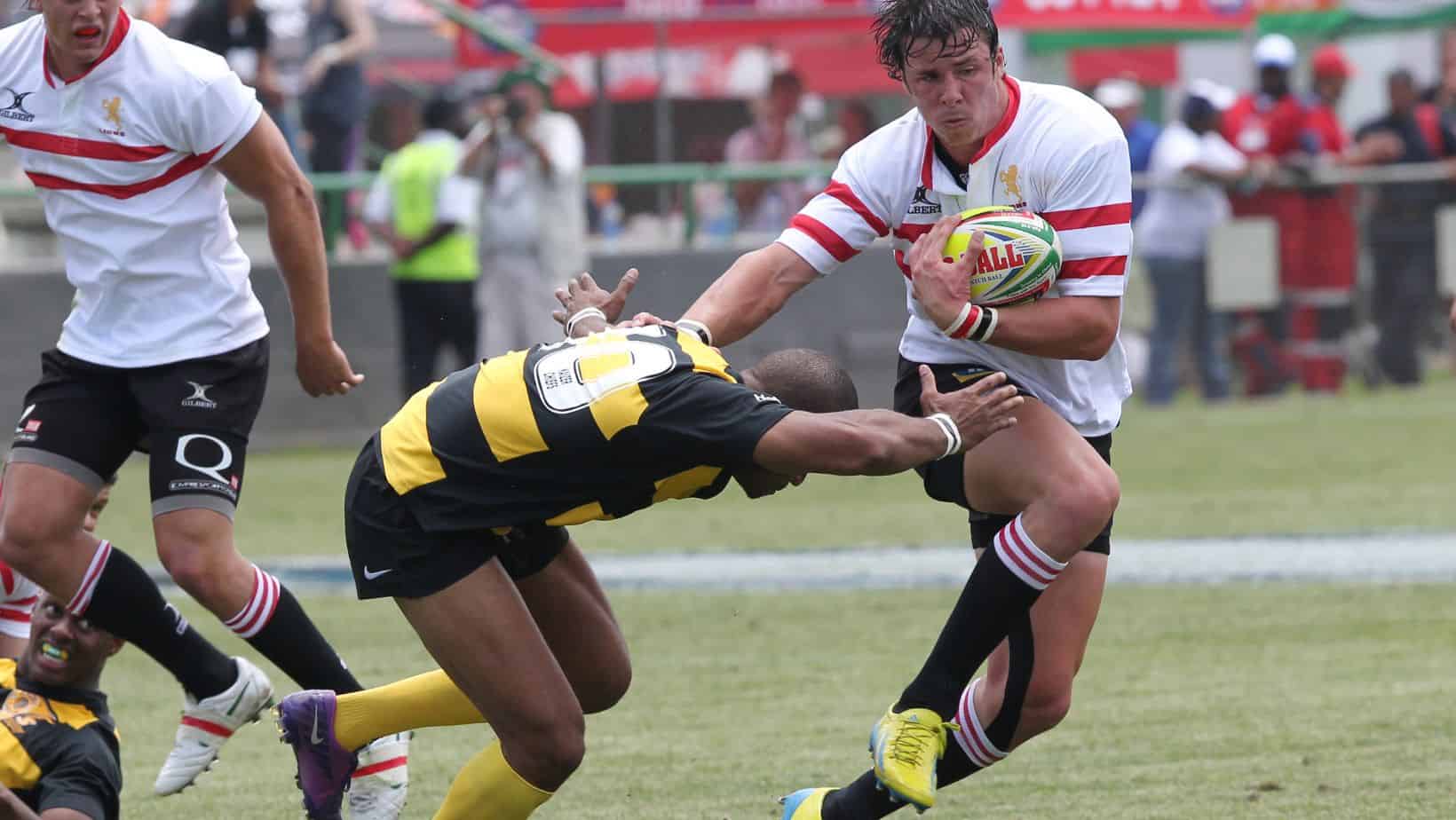Read More >
- Anterior Ankle Impingement - July 24, 2022
- Tarsal Coalition - October 12, 2022
- Sural Nerve Pain - October 3, 2022
Can You Sprain Your Knee?
A sprained knee is a common injury and refers to an injury to one of the many ligaments of the knee. A ligament is a thick connective tissue structure made predominantly of collagen. The role of a ligament is to connect a bone to a bone and provide stability between that joint, against the movement in one specific direction. A knee sprain can be the result of a sudden change of speed or direction that twists the knee, or loads one of the ligaments beyond its capacity. The knee joint has multiple ligaments, each with a specific direction of movement that it will restrict. The main 4 ligaments of the knee are:
Anterior Cruciate Ligament
Posterior Cruciate Ligament
Medial Collateral Ligament
Lateral Collateral Ligament
A ligament also has an additional role of proprioceptive feedback. That is, sending information about the position of the joint to the brain. With an injury to a ligament, this function as well as its structural function, is impaired. Part of the difficulty of recovery from a sprained knee injury is regaining the refined awareness of the joint’s position.
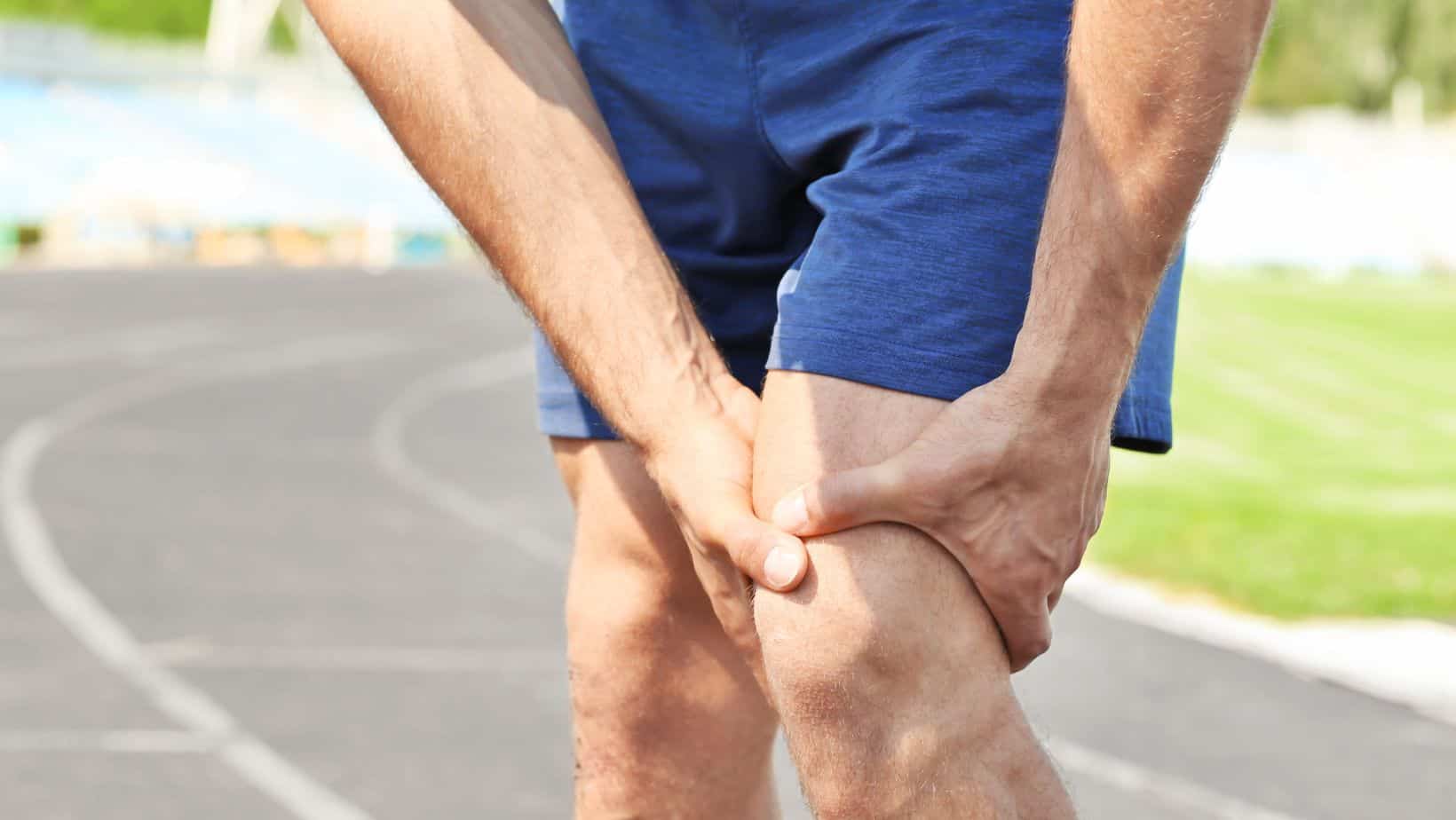
Sprained Knee Symptoms
There are common sprained knee symptoms are similar for the different ligaments that might be injured. Sprained knee symptoms usually develop quickly after an injury. It is common for the knee that has been sprained to suddenly feel painful and immediately swell. As the body responds to the injury, there is an increase of blood supply to the injured tissues. This increase of blood supply can result in the knee looking red and feeling warm, as well swelling. Bruising in many cases will take longer to emerge, this can be hours or days, sometimes even a week to see the full extent of bruising. The location of bruising can vary dependant on the specific ligament injured but is not always well localised and can spread in the direction of lymph nodes or gravity.
With more severe injuries of the knee instability can be felt and the knee may give way, or feel like it might give way. This can be at worst when standing or walking, or with strenuous movement such as twisting.
Sprained Knee | ACL
The Anterior Cruciate ligament is most commonly known from football and skiing injuries. The combination of a fixed foot, be that studded shoes or a ski getting stuck on a snow edge or another ski, and a rotation of the body above it can result in an ACL sprain. The ACL predominantly restricts the forward movement of the tibia on the femur, however, rotation of the knee can also put a strain on it.
Symptoms of an ACL are similar to most other ligaments of the knee, however, it often has a lot more swelling and bruising than other ligaments. The knee will also feel, specifically unstable in movements such as jumping and landing, rapid acceleration or deceleration, quick changes of direction, as well as twisting motions.
When assessing the knee it may look like there is a step between the tibia and the knee, when the knee is bent, with the tibia looking forward set. An anterior draw or Lachman’s test can be performed, with a positive result if there is pain or laxity.
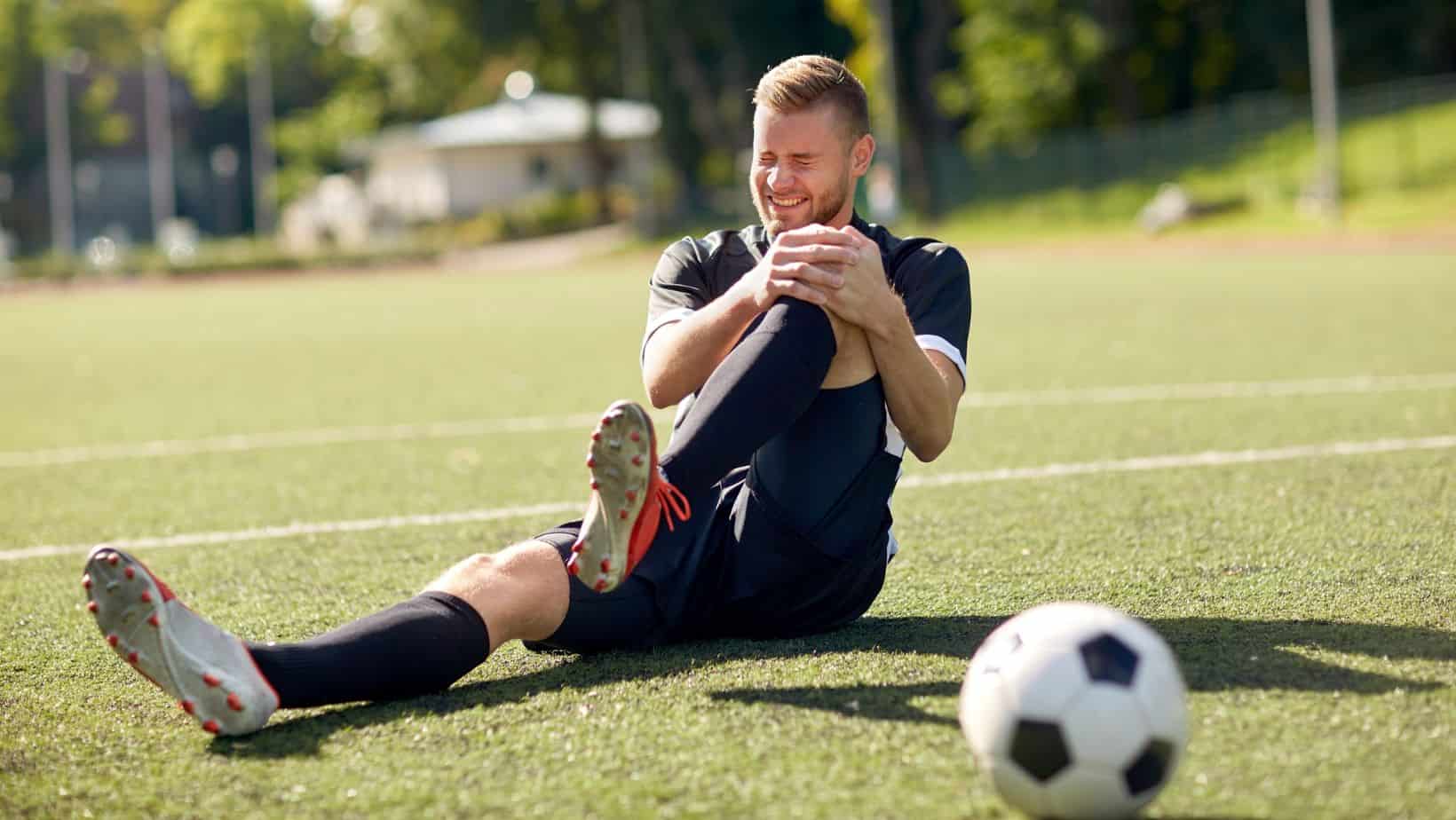
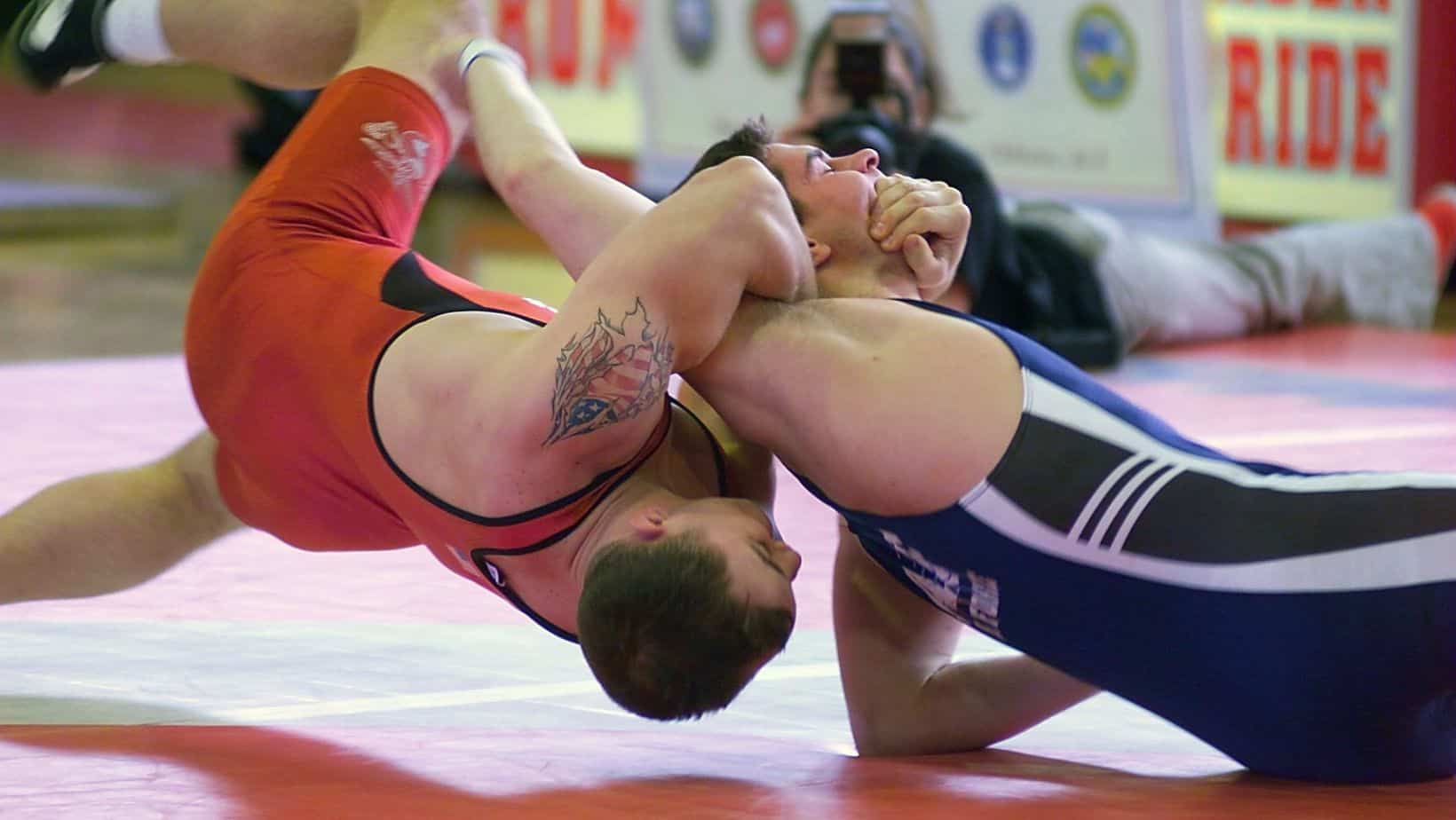
Sprained Knee | PCL
The posterior Cruciate ligament is less frequently injured when compared to the ACL. It is most often injured in contact sports such as rugby, judo and wrestling. However, football and skiing accidents are also quite often the cause of the injury. The PCL is the opposing ligament the the ACL, and therefore restricts the backwards movement of the tibia on the femur.
Symptoms of a PCL injury are like those of other ligament sprains of the knee. The specific issues are with acceleration, deceleration, running and jumping, as well as sudden changes of direction.
When assessing the knee it may look like there is a step between the knee and the tibia, when the knee is bent, with the tibia looking set back. A posterior draw test or Lachman’s test can be used in assessment. A positive test will show symptoms of excessive movement or pain. These tests help clinical assessment to produce an accurate diagnosis.
Sprained Knee | MCL
The medial collateral ligament runs along the inner side of the knee joint, with two portions a deeper portion that is shorter and also attaches to the meniscus, and a more superficial portion that is longer and attaches lower down on the shin. Sprains to the medial collateral ligament occur when there has been an excessive inward force to the knee. This is a common injury in contact sports such as soccer, football and rugby and some martial arts and wrestling, as well as skiing. This ligament can also have chronic injury relating to poor biomechanics of the knee.
Symptoms of an MCL sprain are similar to those of other ligament injuries of the knee. There is specific pain on inward movement of the knee, fully straightening or bending the knee, and pressure across the inner joint line. Impact such as running and jumping are also likely to be painful. A medial stress test can be performed to show if there is an injury to this ligament, this will be positive if pain or laxity is felt.
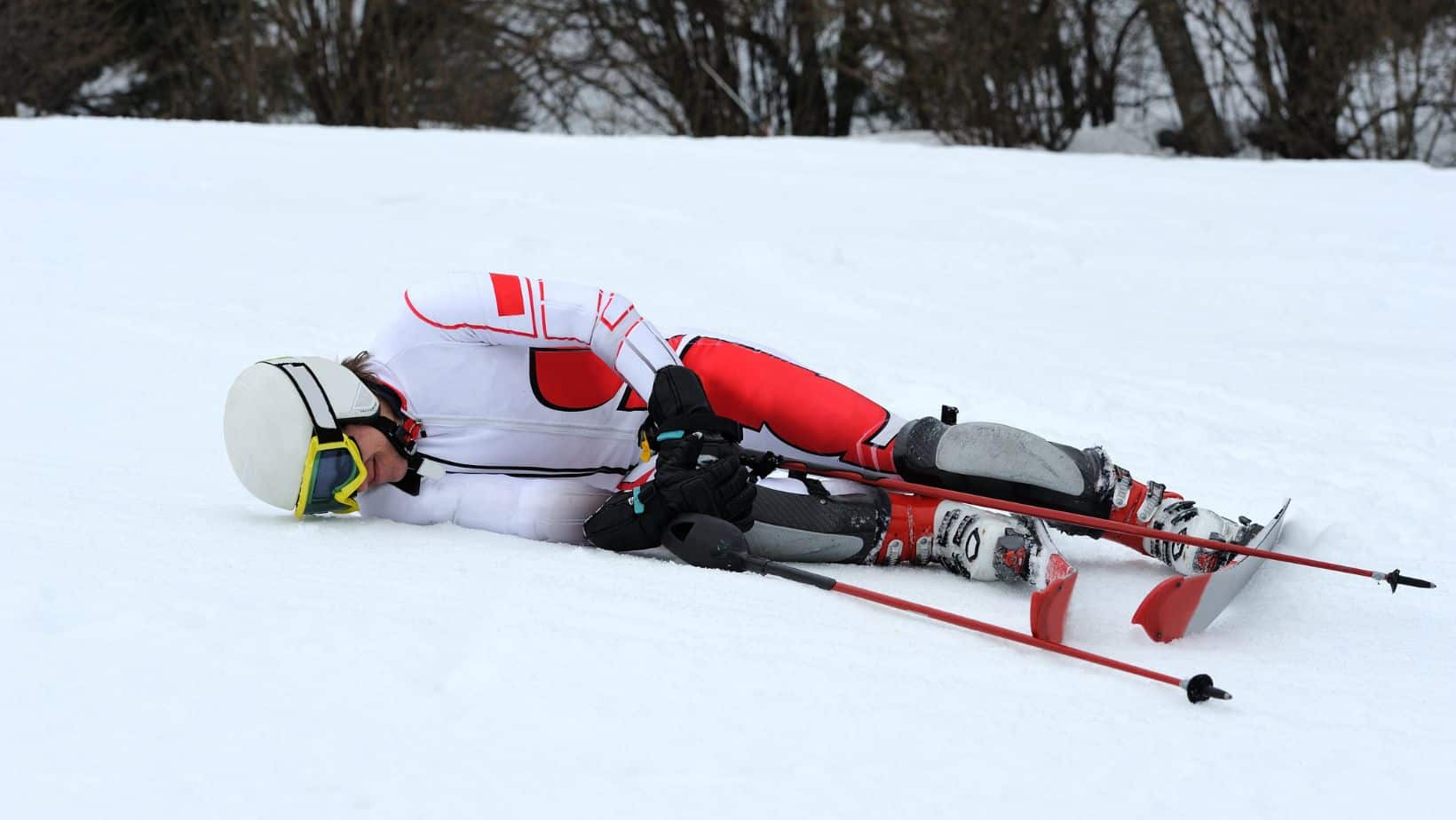
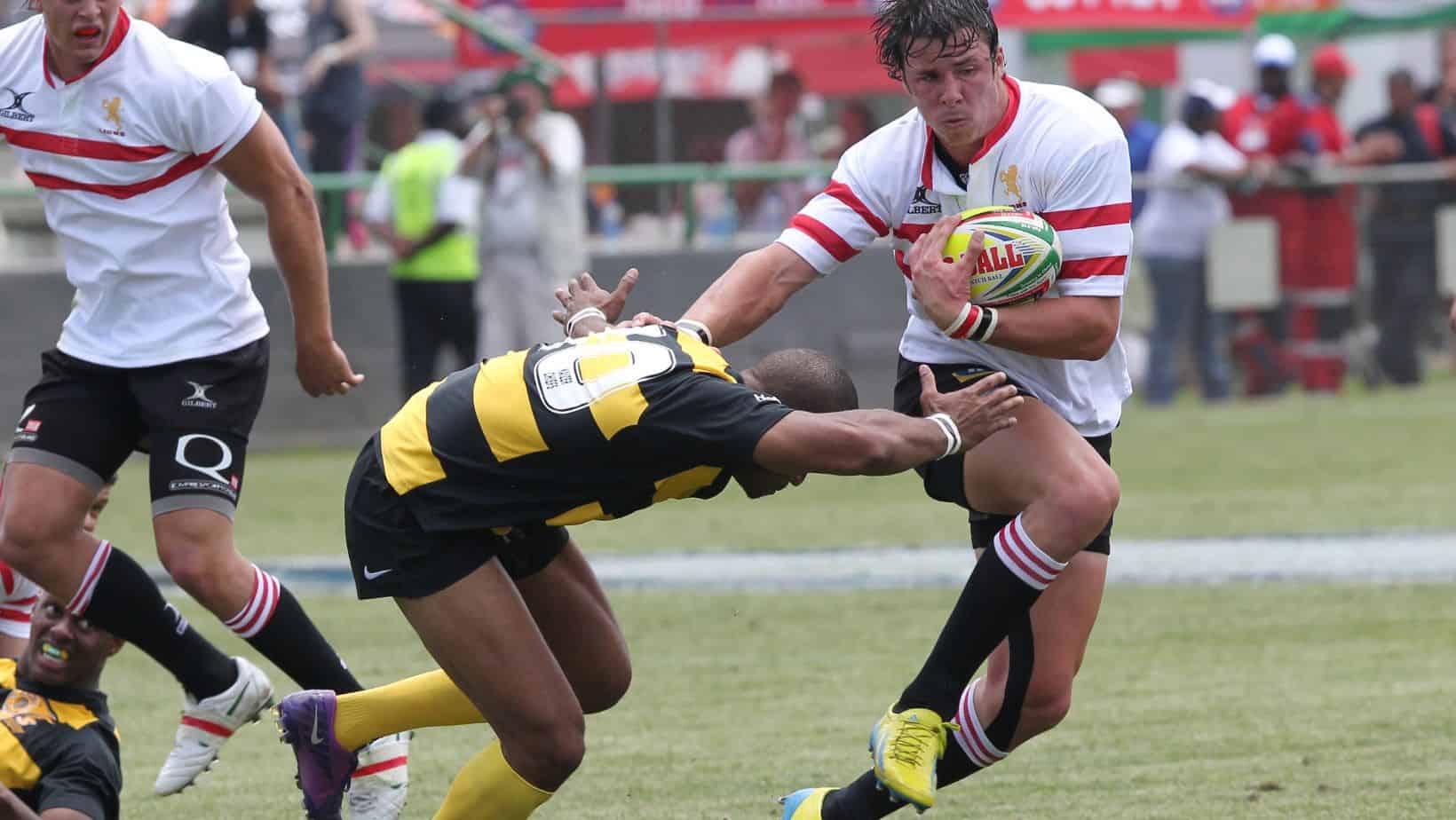
Sprained Knee | LCL
The lateral collateral ligament runs along the outer side of the knee joint. A sprain to this ligament is less common than that of the MCL. Injury to the LCL is commonly seen with contact sports such as football, soccer and rugby as well as wrestling and some martial arts.
A sprained LCL has similar symptoms to sprains of other ligament of the knee. More specifically it will have more pain with lateral stress to the knee. A lateral stress test can be performed to assess for pain and laxity. This will be positive if pain or laxity is felt.
Knee Sprain Recovery Time
Sprained knee recovery time depends on which ligament is injured, the severity of the injury, and if any other structures were injured concurrently. Ligament injuries can be graded from 1-4 with 1 being a minor injury and 4 being a complete rupture. Grade 1 sprains usually take around 1-2 weeks to recover, while a more severe injury such as a grade 3 injury may take 6-8 weeks, and a high grade 3 or grade 4 (complete ruptures) may take several months or may need surgery to repair the ligament.
Knee Sprain Treatment
Treatment for a sprained knee is best directed by a physical therapist or sports doctor and will need to be tailored to your specific injury and needs. Most rehabilitation programmes will involve strengthening of weakened muscles, mobilising and stretching tight muscles, and exercises to improve balance and proprioception. Depending on which ligament is injured, some muscles can be strengthened to help protect the knee joint from that specific direction of stress. The adductors on the inside of the thigh, for the MCL, and the hamstring for the ACL are good examples of this.
Part of rehabilitation will be to gradually return you to the activities that you enjoy when it is safe to do so without causing further injury. This may need to be done in a phased or gradual return, such as for running, which is a high-impact sport, to ensure that no new injuries occur.
Physiotherapy with James McCormack
This is not medical advice. We recommend a consultation with a medical professional such as James McCormack. He offers Online Physiotherapy Appointments for £45.
